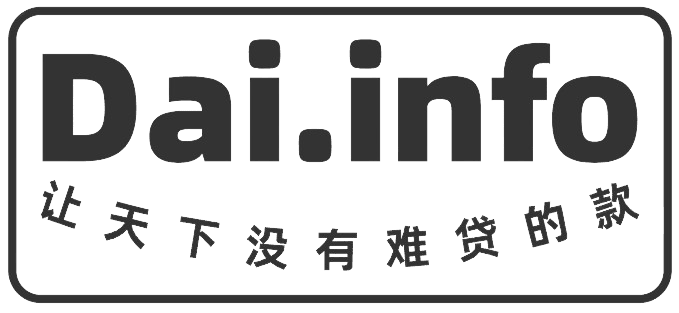there's only two ways to borrow
i don't know8,066 times
in recent years, online lending platforms have grown as digital financial services become available. the way in which he borrows as one of his businesses is of great concern. however, many do not know much about the manner in which the loan is to be repaid. in fact, there are only two ways to repay the loan, which is extremely simple in the area of digital financial services. however, the two approaches have advantages and disadvantages, and users need to be fully informed before borrowing and repayment can be improved. here, let's analyse the repayments of the loan from a number of angles。
there's only two ways to borrow
I. PURSUANTS
By definition, repayments are meant to be a one-off payment of all current borrowings and interest on each payment made by the user. Such repayments are more common in the context of the current lending services. Users can opt for repayments on a loan basis or through automatic deductions from their own bank cards。
The advantage of repayments on a case-by-case basis is that users can avoid additional costs such as late repayments and interest payments. Moreover, the short repayment period would also serve as a reminder to users to pay back at the earliest possible time so as to avoid late charges. In addition, the lump-sum approach could provide some flexibility in choosing the repayment date and the amount to be repaid, depending on the circumstances of the case。
However, there are also some shortcomings in the repayments. The first is the need for adequate user funds to repay the borrowings, which could result in delays. Second, because each repayment requires manual operation or the setting of automatic deductions, for some negligent users it may result in delays in repayment。
II. PAYMENTS
repayment should correspond to a instalment. this method of repayment is a portion of the loan and interest to be repaid by the user per cycle in accordance with the specified repayment plan. on the platform of the loan, the user may also choose to repay the loan in instalments. when applying for loans, users can choose the appropriate phased approach according to their actual needs and repayment capacity。
The advantage of amortization is that the user can borrow and repay according to his or her financial situation in accordance with realistic needs, without having to prepare for a one-time payment of sufficient funds. During the repayment period, the user will simply have to pay in instalments according to the repayment plan, without fear of overdue or overburdened pressure. Furthermore, because of the longer repayment cycle, users can also improve their financial planning and management capacity through fixed repayment plans。
There are, however, a number of shortcomings in the instalment. First, the total amount of interest required to repay is higher, as interest accrues because of the long duration of the loan. The second is the need for users to prepare repayment plans in advance and to make repayments in accordance with those plans, otherwise they may be punished by late interest and late payment. Thirdly, because of the longer liability cycle of instalments, there may be some psychological pressure and financial burden on users。
in conclusion, while simple, there are advantages and disadvantages to the repayment of the loan, which requires the user to have full knowledge of the details before choosing the appropriate repayment based on his or her financial situation. of course, whatever repayment option is chosen, it is important to consider its own repayment capacity and time before borrowing, and not to borrow blindly。
